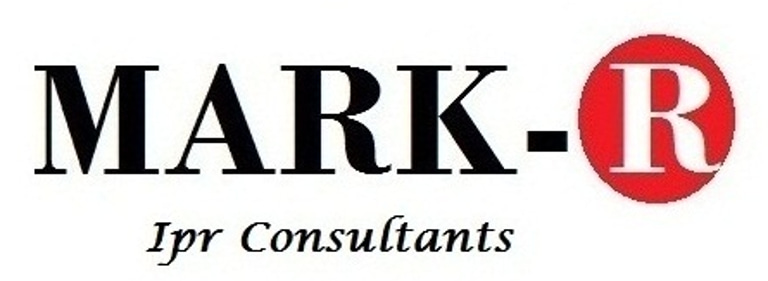Importance of Patent Protection
Have you ever dreamed of becoming a great inventor—of developing a brilliantly clever idea that transforms society and brings you success in the process? The history of technology is filled with remarkable inventors whose innovations shaped the world.
But inventing is more than just having a great idea—that’s the easy part. The real challenge lies in transforming an idea into a commercially viable product and ensuring it generates enough sales to justify the investment. The biggest hurdle? Preventing competitors from copying and profiting from your innovation. This is where Patent registration becomes essential.
When a company develops an invention with significant commercial potential, it becomes a valuable asset that can open doors to groundbreaking financial growth. Owning the exclusive rights to commercialize and market the invention grants a market monopoly—a protected space for profits that competitors cannot access.
If an invention is novel, inventive, commercially viable, and vulnerable to exploitation by others, it must be protected through Patent registration. A Patent grants the inventor exclusive rights to profit from their creation, securing both innovation and revenue.
At MARK-R, we believe in building long-term, value-driven relationships with our clients. From the initial consultation and novelty search to drafting, filing, and securing the Patent grant, we provide strategic guidance, timely updates, and proactive support. Many of our clients view us not just as their IP service provider, but as their trusted business partner in innovation.


Benefits of Registering a Patent
Registering a patent not only gives you the right to stop others from exploiting your invention but also opens the door to multiple business opportunities. A patented invention can be:
Used to secure funding for business expansion.
Licensed to third parties for commercial returns.
Sold outright to generate revenue.
Patentability Criteria
For an invention to qualify for patent protection, it must generally meet three key requirements:
Novelty (Newness)
The invention must not have been publicly disclosed anywhere in the world before the patent application is filed.
Public disclosure—whether through commercial use, advertising, presentations, or demonstrations—can destroy the novelty.
If disclosure to a third party is necessary before filing, a Non-Disclosure Agreement (NDA) should be executed.
Once the patent application is filed and a Date of Filing is secured, the invention may be marked as “Patent Pending” and shared as per the application details.
The application is published after 18 months, making the invention available for public inspection.
Inventive Step
The invention must represent a significant improvement over existing products or processes.
The improvement should not be obvious to someone skilled in the relevant technical field.
If it is merely an obvious variation, even if new, it will not qualify.
Industrial Applicability
The invention must be capable of practical application in an industry.
It should be manufacturable or usable in a commercial context.
Non-Patentable Inventions
Certain inventions are excluded from patent protection, including:
Methods for the treatment of the human or animal body by surgery or therapy, or diagnostic methods applied to them.
Inventions that promote offensive, immoral, or anti-social behavior, even if they meet other patent criteria.


